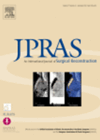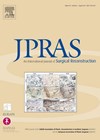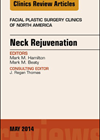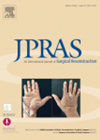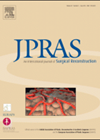
Journal Reviews
Facial palsy: What do patients and healthcare care about?
The article describes the process for establishing a collaborative research agenda to address gaps in understanding of the diagnosis, treatment management of facial palsy. A Delphi technique was used in order to establish a facial palsy research agenda. In round...
Exploration of more effective neurorrhaphy in facial nerve reconstruction
This study was laboratory based and focused on different types of end-to-side neurorraphy, and their effects on treating partial facial paralysis. The ultimate aim of this study was to determine which end-to-side neurorraphy produced the greatest axonal growth across the...
Management of the eye in facial paralysis
Ocular prevention is the first and foremost priority in the management of the patient with facial paralysis. John J Chi presents a review on the management of the upper and lower eyelid in cases of the paralysed face. In the...
Treatment of established facial palsy with botulinum toxin followed by half mirror exercises
Seventeen patients with unilateral facial palsy for more than a year were treated with botulinum toxin injections to relieve symptoms of facial synkinesis or hyperkinetic movements. Three injections were given at six to eight month intervals, followed by daily half...
Platysma muscle use for oral sphincter substitution or countering excessive pull of a free muscle, following facial palsy
The use of the platysma muscle as a pedicled ‘apron’ flap in order to minimise the overactivity of a free muscle transfer, used in the treatment of facial palsy, is described in admirable detail. The successful results are carefully assessed...

